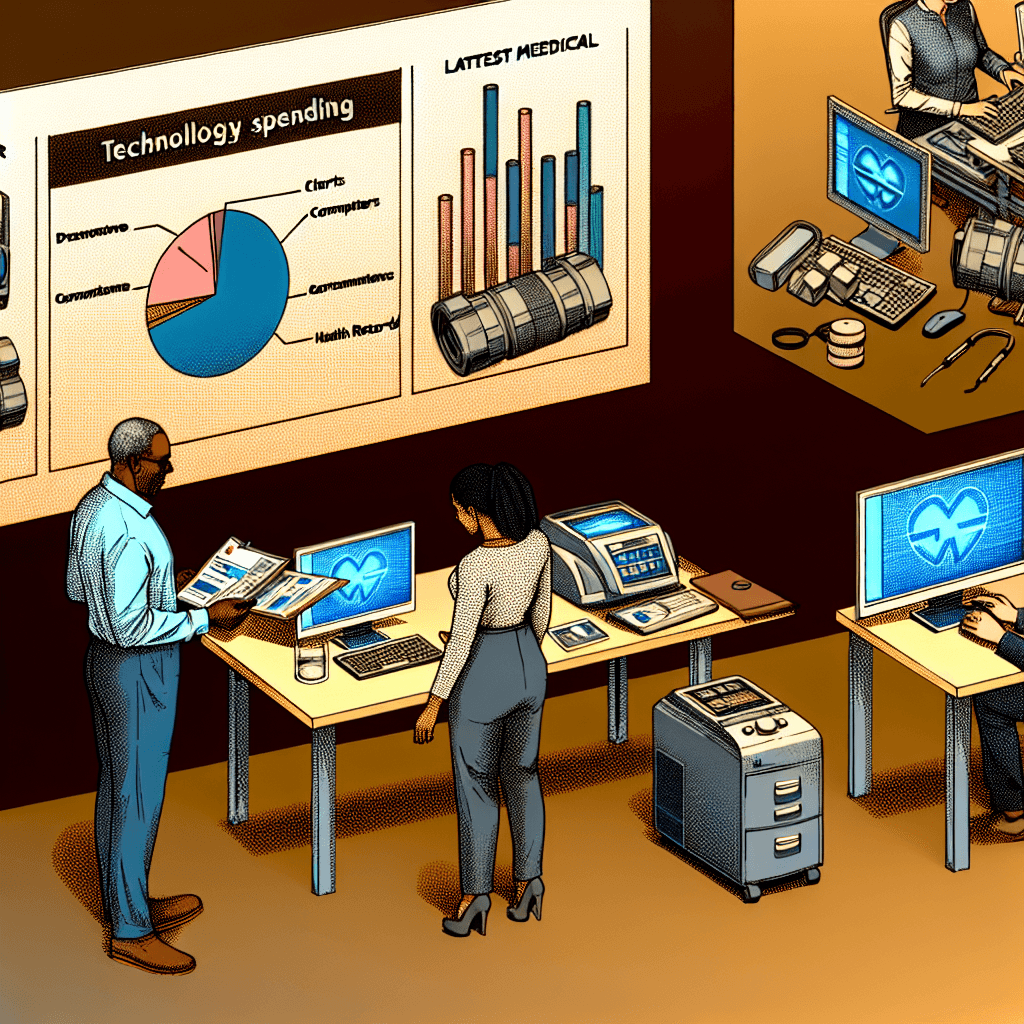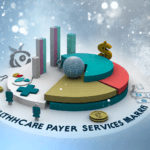Explore the latest trends in technology spending for core administration in the healthcare market, driving efficiency and innovation.
Technology Spending on Core Administration in Healthcare Market

Table of Contents
- Technology Spending on Core Administration in Healthcare Market
- Understanding Core Administration in Healthcare
- The Role of Technology in Healthcare Administration
- Current Trends in Technology Spending
- Challenges in Implementing Technology in Healthcare Administration
- Case Studies: Successful Technology Implementations
- Future Outlook and Predictions
- Conclusion
Technology Spending on Core Administration in Healthcare Market

The healthcare industry is undergoing a significant transformation, driven by rapid technological advancements and increasing demands for improved administrative efficiency and patient care. As healthcare providers and institutions seek to optimize their operations and enhance service delivery, there is a growing focus on investment in core administrative technologies. This article explores the trends, challenges, and opportunities in technology spending on core administration in the healthcare market, providing insights into how these investments are shaping the future of healthcare.
Understanding Core Administration in Healthcare
Core administration in healthcare involves the essential processes and systems that support the management of medical services and patient care. This includes patient scheduling, billing, claims processing, and compliance management, among other administrative tasks. Effective core administration is crucial for the smooth operation of healthcare facilities and has a direct impact on patient satisfaction and operational efficiency.
The Role of Technology in Healthcare Administration
Technology plays a pivotal role in enhancing the efficiency and effectiveness of healthcare administration. From electronic health records (EHRs) to advanced billing systems, technology solutions help streamline operations, reduce errors, and improve communication across different departments. The integration of technology in healthcare settings not only supports administrative tasks but also contributes to better health outcomes by facilitating timely and accurate service delivery.
Current Trends in Technology Spending
Recent years have seen a surge in technology spending within the healthcare sector, particularly in core administrative areas. Several trends are currently shaping this investment landscape:
- Automation: Many healthcare providers are investing in automation technologies to reduce manual tasks, minimize errors, and lower operational costs.
- Cloud Computing: The adoption of cloud-based solutions is on the rise, offering scalable and flexible options for data management and accessibility.
- Data Analytics: Big data and analytics are increasingly being used to make informed decisions, optimize resource allocation, and improve patient care strategies.
- Interoperability: There is a growing emphasis on systems that can seamlessly communicate and exchange information, enhancing coordination across various healthcare services.
Challenges in Implementing Technology in Healthcare Administration
Despite the potential benefits, there are several challenges associated with implementing technology in healthcare administration:
- High Costs: Initial investments for advanced technology systems can be substantial, posing a significant barrier for smaller healthcare providers.
- Complex Integration: Integrating new technologies with existing systems can be complex and time-consuming.
- Security Concerns: With the increasing amount of sensitive data being processed, security and compliance issues are a major concern.
- Resistance to Change: There can be resistance to adopting new technologies, particularly from staff accustomed to traditional methods.
Case Studies: Successful Technology Implementations
Several healthcare organizations have successfully implemented technology solutions to enhance their administrative operations. Here are a few examples:
- Mayo Clinic: Implemented an integrated EHR system that improved patient scheduling and billing processes, resulting in higher patient satisfaction and reduced administrative costs.
- Kaiser Permanente: Utilized big data analytics to optimize their healthcare delivery and improve patient outcomes, demonstrating the power of data-driven decision-making in healthcare.
Future Outlook and Predictions
The future of technology spending in healthcare administration looks promising, with several developments on the horizon:
- Increased AI Integration: Artificial intelligence is expected to play a larger role in automating complex administrative tasks, providing more accurate and efficient service.
- Enhanced Cybersecurity Measures: As technology adoption increases, so will investments in cybersecurity measures to protect patient data and comply with regulations.
- More Personalized Patient Experiences: Technology will enable more personalized interactions with patients, improving engagement and satisfaction.
Conclusion
Investment in technology for core administration in healthcare is not just a trend but a necessity in the modern healthcare landscape. As organizations continue to navigate the challenges and embrace the opportunities presented by technological advancements, the overall efficiency, and effectiveness of healthcare services are expected to rise significantly. With the right strategies and solutions, healthcare providers can transform their operations and deliver better care to their patients.
In conclusion, while there are hurdles to overcome, the potential benefits of increased technology spending in healthcare administration are immense. Healthcare providers that recognize and capitalize on these opportunities will likely lead the way in the future of healthcare, setting new standards for patient care and operational excellence.








